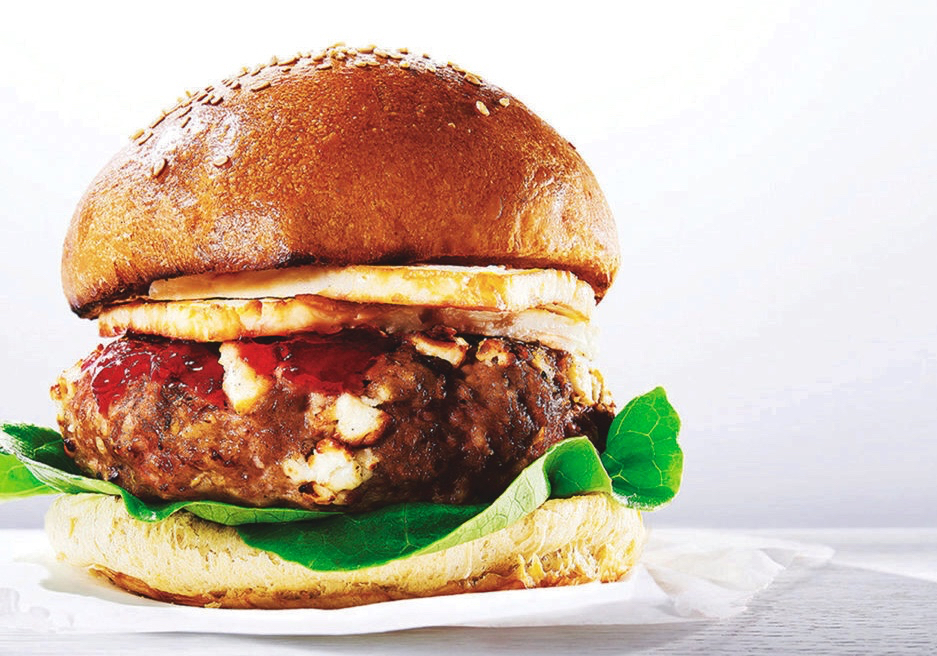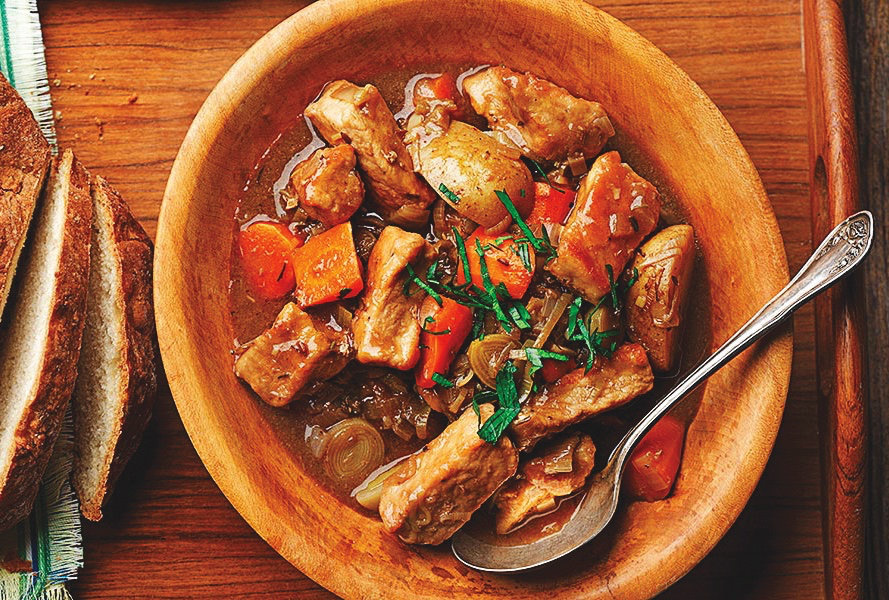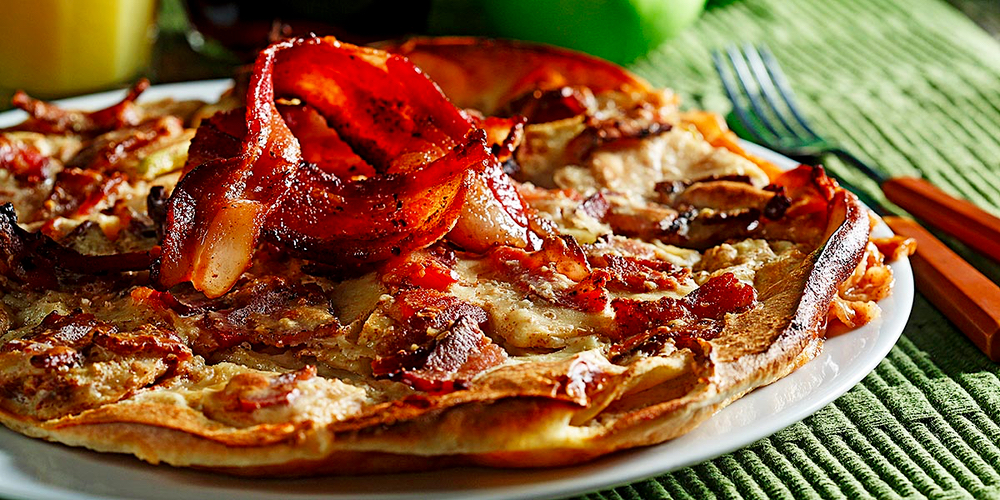RecipeSwap
New rules for labelling help those with allergies
Reading the label on food products just got easier for those living with allergies or celiac disease — and squinting at the fine print.
Last week Health Canada unveiled new rules for what must be declared on food labels so you can tell at a glance if a product contains anything you must avoid.
You no longer have to guess whether there’s something hidden in the ingredients listed as seasoning or modified food starch or flavourings.
Read Also

Your best (and easiest) holiday dainty tray
Make-ahead recipes, store-bought goodies and co-operation with friends and family: Here’s how to throw together a stunning, low-stress tray.
“If there’s wheat, rye, barley or oats in a product, or any of the major allergens like eggs, nuts or soy, or peanuts or milk, they will have to be declared on the food label,” says Regina-based registered dietitian Shelley Case, a leading expert on celiac disease and the gluten-free diet.
“For celiacs and people who have allergies, the good news is all the major allergens and gluten sources and added sulphites will have to be declared on the food label.”
All labelling is now expected to comply with the new regulations. The rule came into effect August 4.
Canadians have been waiting for this a very long time — years actually.
Food regulations have required that labels accurately list ingredients, of course. But some “components of ingredients,” or “ingredient of an ingredient” until now, have been exempt, meaning some pre-packaged foods didn’t have to declare food allergens or gluten sources.
That’s made it pretty tricky for those with allergies being certain they were avoiding undeclared ingredients. Those with celiac disease didn’t have it any easier either. The only way they stay healthy is maintaining a strict gluten-free diet.
Between five to six per cent of young children and three to four per cent of adults suffer from food allergies. An estimated one in 133 persons in Canada are affected by celiac disease.
Priority food allergens in Canada include peanuts, eggs, milk, tree nuts like almonds, pecans, walnuts and others, soy, sesame seeds and seafood (including fish, crustaceans and shellfish.) Wheat is a priority allergen. So are sulphites, which are additives used as preservatives to maintain food colour and prolong shelf life. Mustard is also a priority allergen in Canada. All mustard sources must now be declared on labels too.
Speedy Turkey Stroganoff
This recipe comes from the Turkey Producers of Canada’s “Half Hour Until Devour” collection.
- 2 tsp. canola oil1 onion, finely chopped8 fresh mushrooms, sliced1/2 lb. cooked turkey breast, cut into bite-size pieces1/2 c. fat-free sour cream2 tbsp. sherry1/4 tsp. pepperGround nutmeg for garnish
Good Morning Casserole
Here’s another good reason to dash out of bed early on these beautiful summer mornings. This makes a great late-night supper too.
- Cooking spray4 slices bread, crusts trimmed, cut into quarters6 eggs1-1/2 c. milk4 slices turkey bacon, diced and cooked1/2 c. shredded fat-reduced cheddar cheese, divided1/3 c. sliced white mushrooms1/4 tsp. salt1/2 c. frozen hash brown potatoes, thawed
Preheat oven to 350 F. Spray a 9x9x2-inch baking pan with cooking spray. Arrange bread slices in pan, overlapping slightly; set aside. Beat together eggs, milk, turkey bacon and 1/4 cup cheese in a large bowl. Add mushrooms and salt. Pour mixture over bread slices. Sprinkle potatoes and remaining cheese over egg mixture. Bake until lightly browned and knife inserted near centre comes out clean, about 35 minutes. Serve immediately.
Bombay Potatoes
- 2 medium potatoes, peeled and cubed, about 1-1/2 c. 1/2 small head cauliflower, cut into bite-size florets2 tbsp. canola oil 2 tbsp. whole brown mustard seed1 onion, chopped2 cloves garlic, chopped 1 ripe tomato, diced1 to 2 tbsp. mild curry paste1/2 tsp. salt 2 c. firmly packed fresh spinach, stems removed
Parboil potato and cauliflower together in slightly salted water for 10 minutes. Reserve 1/3 cup of the cooking liquid. Drain vegetables and set aside. Over medium-high heat, heat oil in skillet and add mustard seed. When seeds start to pop, add onion and garlic, and cook until onion starts to brown. Stir in tomato and cook two minutes longer. Add curry paste and salt, reduce heat to medium-low, and cook two minutes. Add potatoes, cauliflower, spinach and reserved cooking liquid. Stir well. Cover and simmer 12 minutes or until potato is tender. Serves 4 people.
Black Bean and Mango Salad
- 1 can black beans1 can whole kernel corn1 large mango, peeled and diced1 c. grapes (cut in half)1 c. red pepper1/2 c. green onions (chopped)2 tbsp. lime juice1 tbsp. olive oil1/2 tsp. salt and pepper1 tsp. ground cumin and chili powder mixed together1 c. diced avocado
Combine all ingredients. Chill and serve.
Want to know more? Log on to www.hc-sc.gc.ca
• What should I look for on a food label to find out if the food product has a food allergen, gluten source or sulphites added to it?
• You should always read the list of ingredients first. Under the new regulations manufacturers will have the option of declaring an added food allergen or gluten source either in the list of ingredients or in a statement immediately after the list of ingredients called “Contains.” If you don’t see the allergen or gluten source in the list of ingredients, look for the “Contains” statement. As always, you should also look for and respect any allergen precautionary statement present on the label.
Source: Health Canada website















